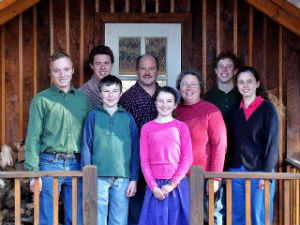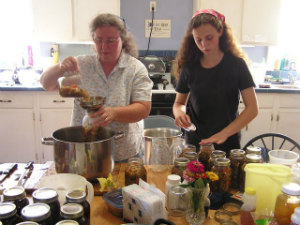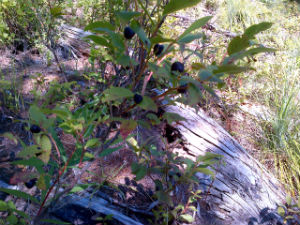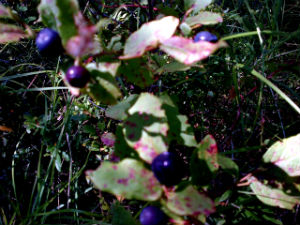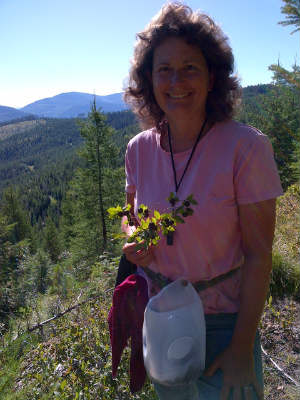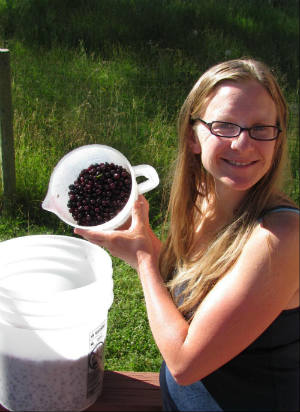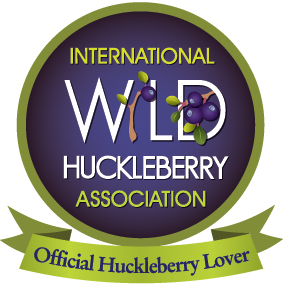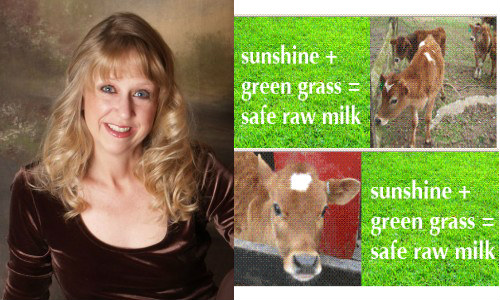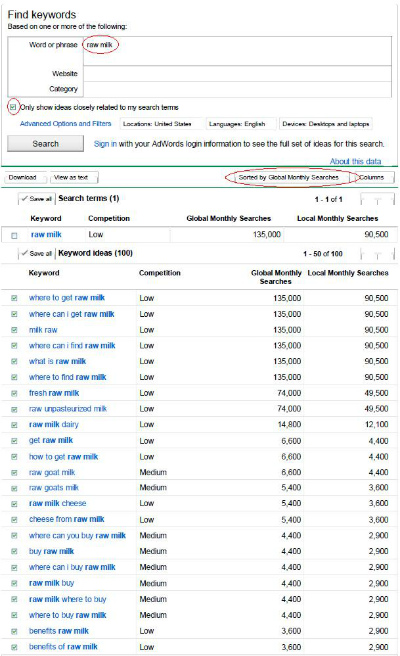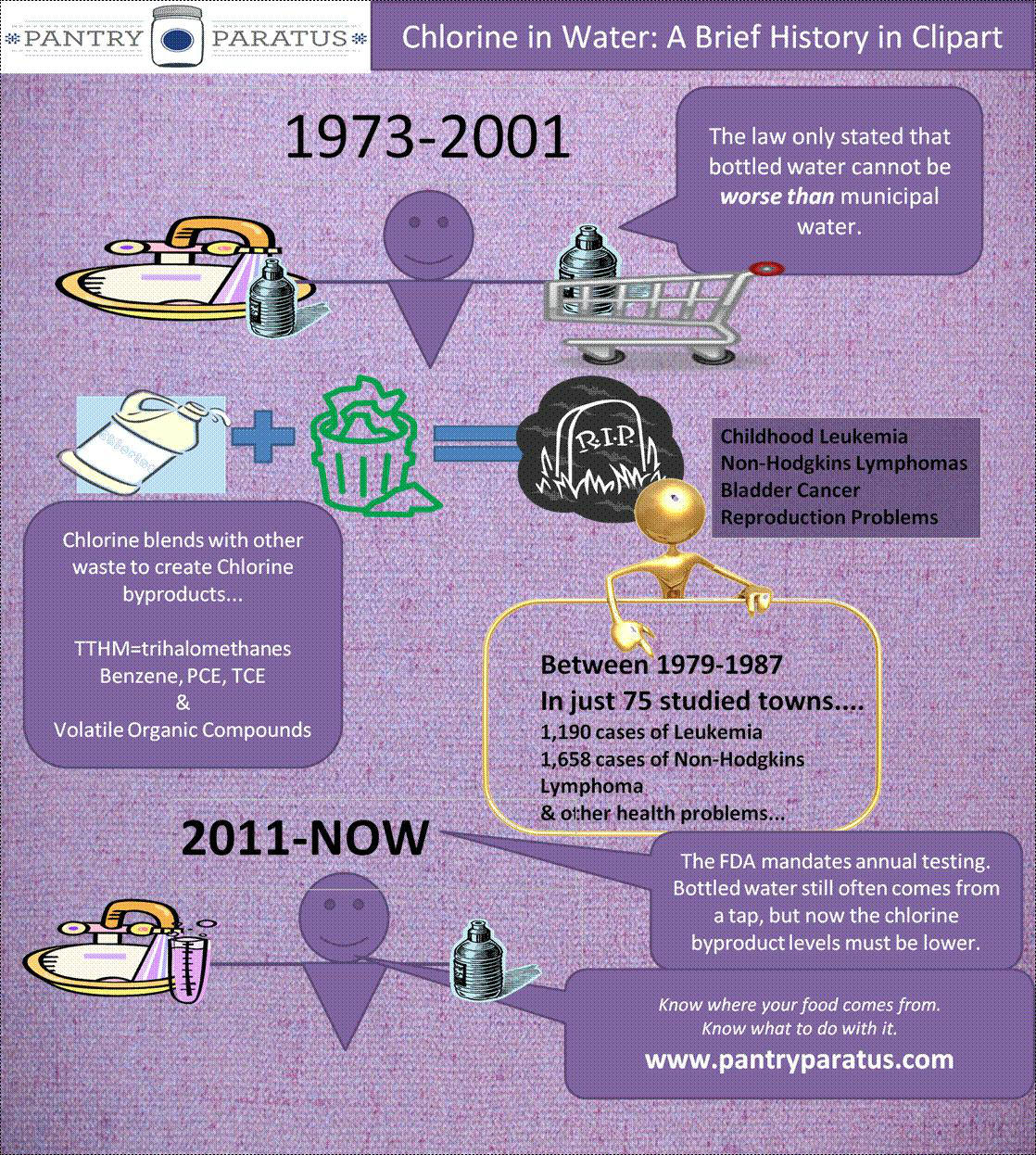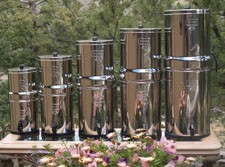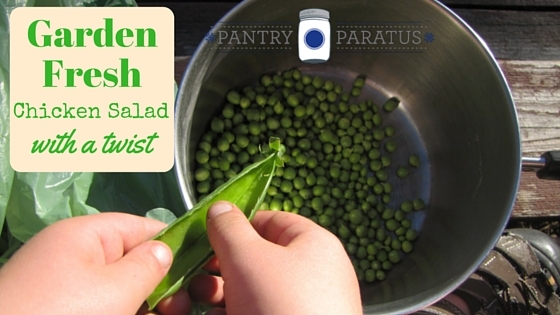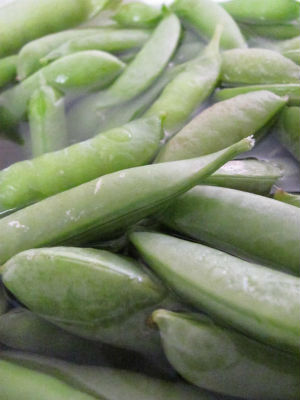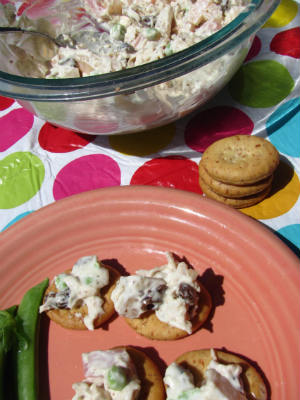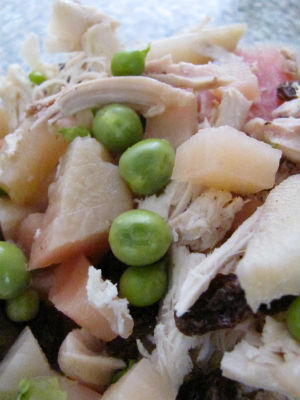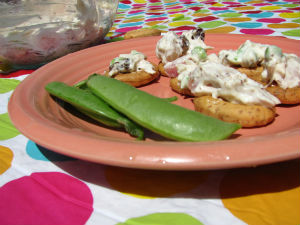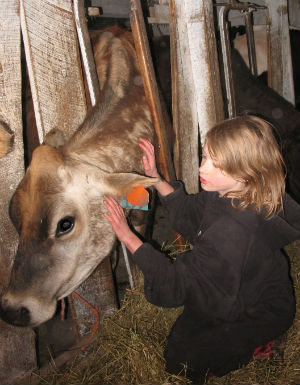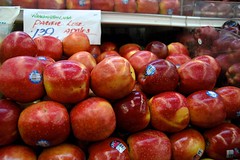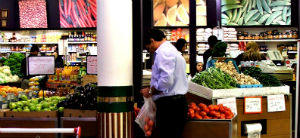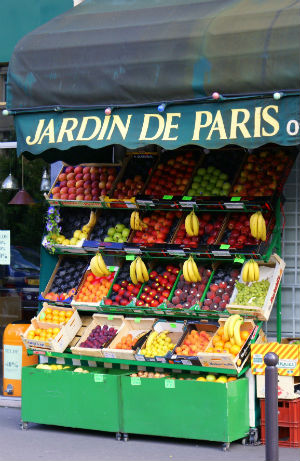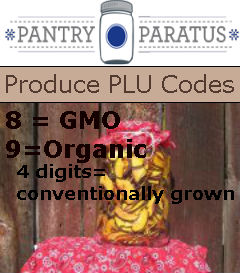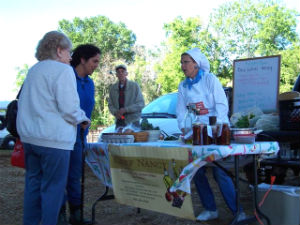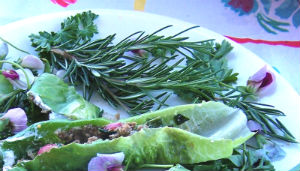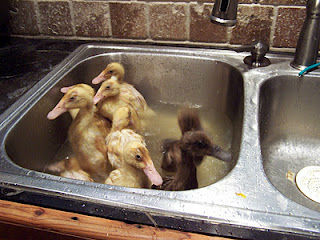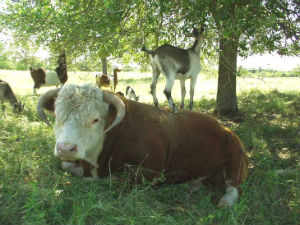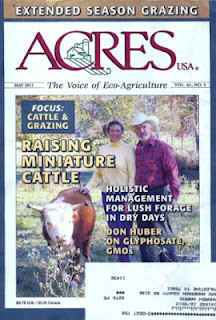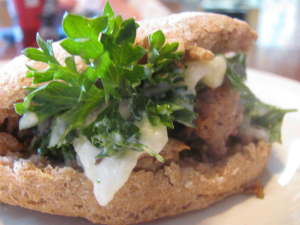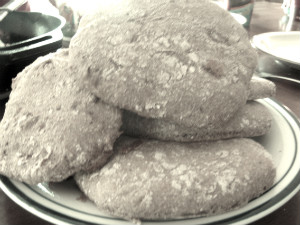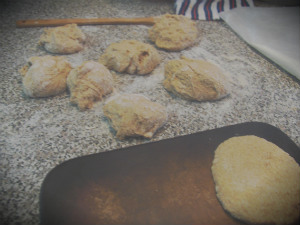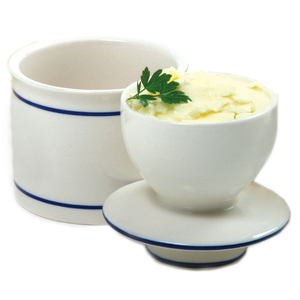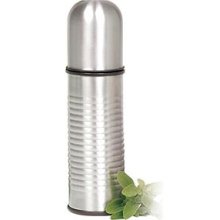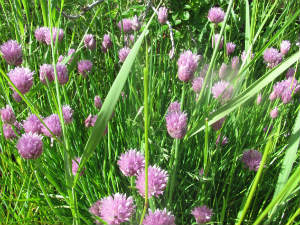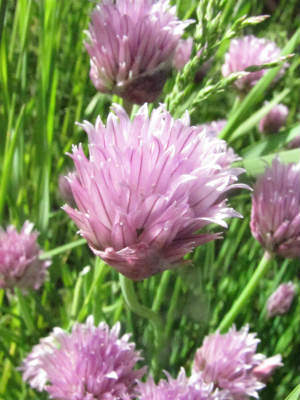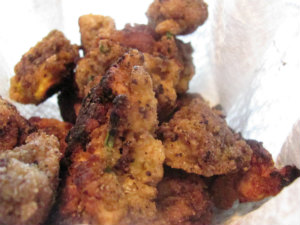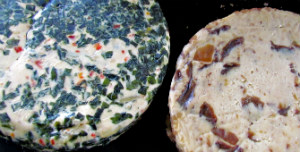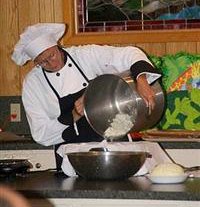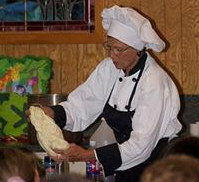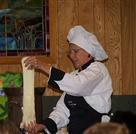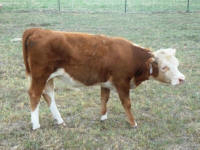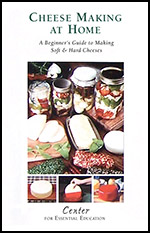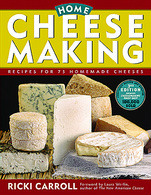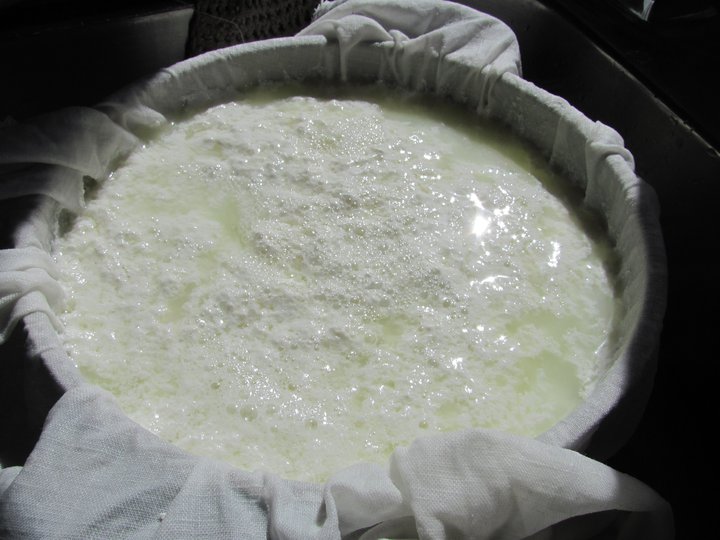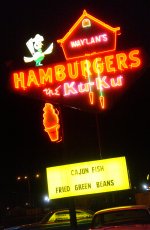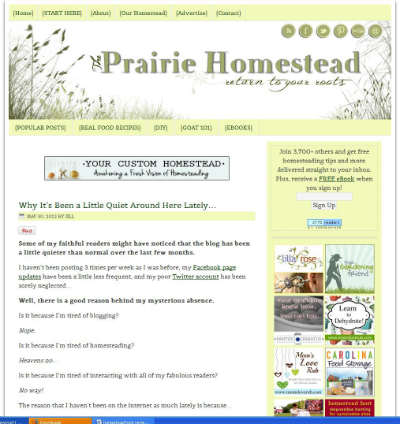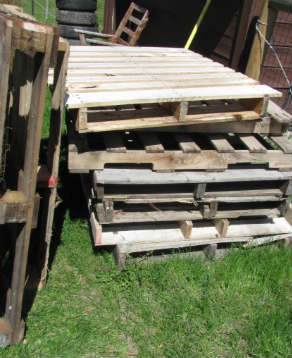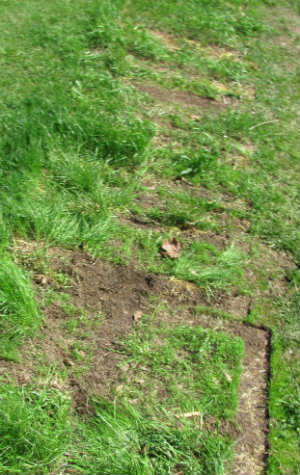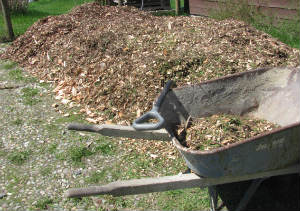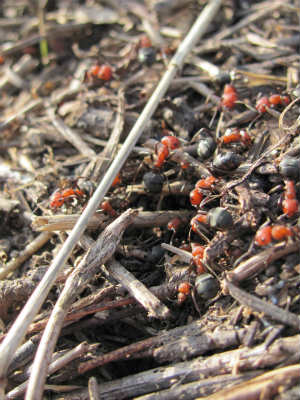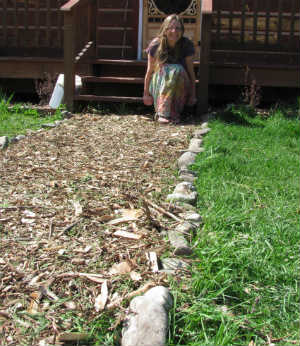The Kitchen Classroom with Cathy from Jehovah Jireh Farm
Homeschooling on the Farm
I recently asked Cathy if she could explain the importance of the kitchen in homeschooling her beautiful, intelligent children. In her very gracious way, she took a few minutes to share with us how they utilize food production, preparation, and preservation in education.
I consider it a wonderful privilege to be able to homeschool our children. We have six children, three of whom are “finished” and three that are still “in school”.
In all actuality, our highest goal in homeschooling is to train our children to learn their whole life and to give them a hunger to do so. There are so many interesting things to learn. Our conversation around the dinner table may be about some aspect of human health or animal health or plant health. That is, after all, what our farm is all about. We are always asking the Lord to teach us about these different aspects of health. Or the guys may talk about economics as they clean eggs. There is always more to learn.
We view the academic side of school as important, but practical learning is also very important. I believe it is very important to train our children how to feed themselves. That’s not by putting the fork in their mouths, but by knowing how to grow and store food.

In this intellectual age of high technology, most people have never experienced the basic skills of planting, harvesting and putting food by. That doesn’t sound like intelligence to me!
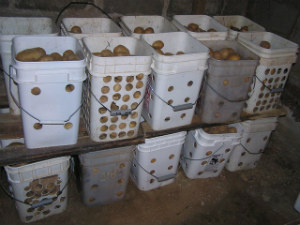
Homeschooling on a farm requires flexibility. We are trying to put up as much of our own food as possible this year. That means that if we need to can the tomatoes or pumpkin, that will be what we do for school that day. We are training our children to value the importance of the health of homegrown food and the economical value of raising as much of our food as we can.
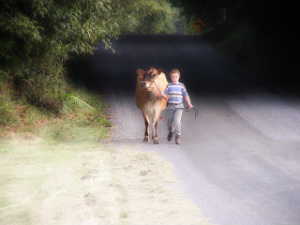
Being flexible also means that if a child is needed to help out on the farm for an hour or so before coming in to “do school”, that’s fine. We are training them for life.
I also want my girls to learn to cook with love. When we cook with love for our families we try to give them nourishment that gives them health. I also believe that for a hungry husband and children to come into a kitchen from which the scent of the food is emanating is one of the great comforts of home. When it is joined by love and smiles, food feeds both the body and the soul. Some of the greatest learning and socialization happens around the dinner table.
It is a wonderful thing to be able to encourage our children to learn what they are interested in and help to direct them in the ways the Lord has specifically for them. Our son, Joel, is a beekeeper and our webmaster. He also enjoys studying medicine.
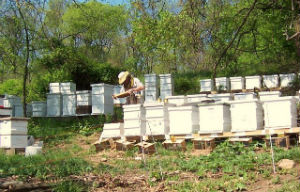
Nathan loves sheep and is learning how raise them organically. Kara has a green thumb and was in charge of starting seeds in the greenhouse this year.
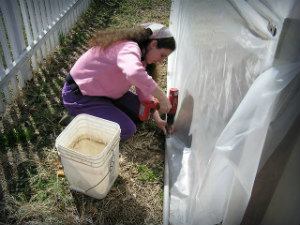
She is interested in herbs and salves and makes a great comfrey salve. Daniel is almost finished with a school project that began last year – building a blacksmith shop. Luke is our dairyman and loves to learn about cows. Melody is very creative and loves to make crafts from cards to doll clothes.

I feel so fortunate to have my husband and children around me. That makes farming and homeschooling worth it for me.
Cathy Horst
Jehovah-Jireh Farm
Read more about their farm from Wilson’s perspective.
Here is a video Wilson took of their son, Joel. Now, that’s a smart kid!

